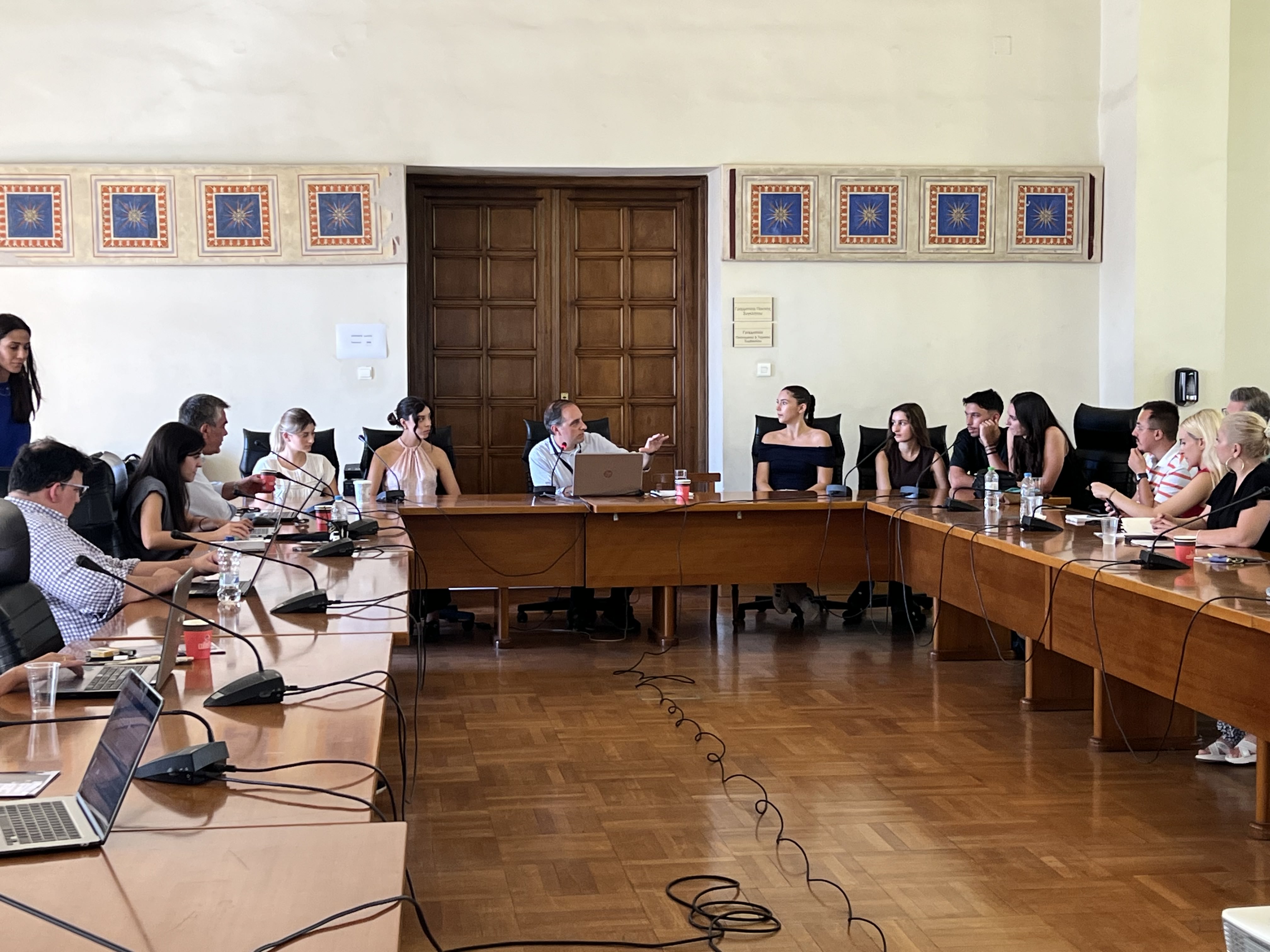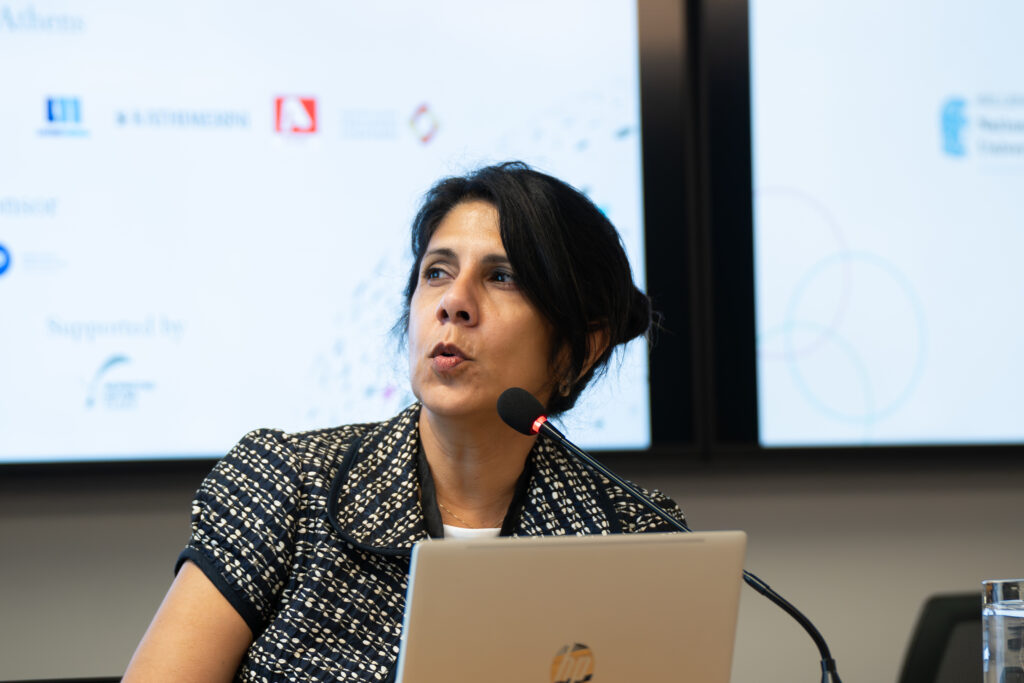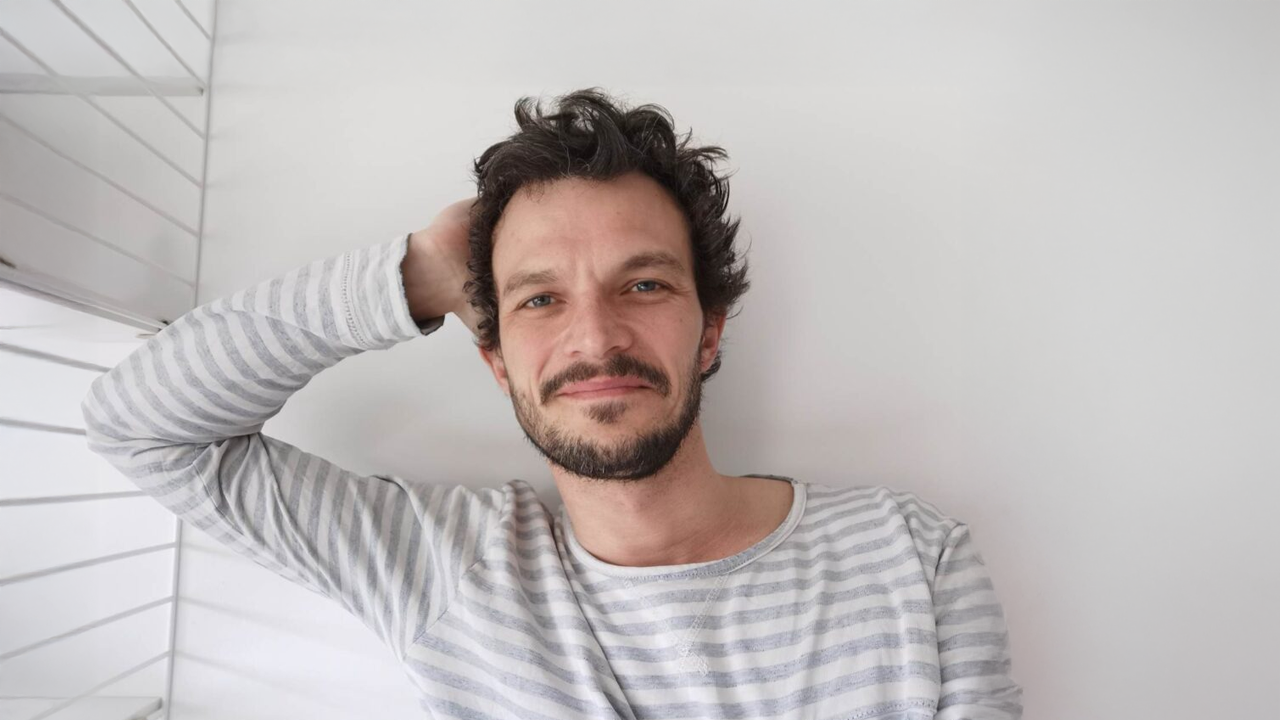
IQ Media Summer School: Social Media Journalism and News Verification
The rapid evolution of technological and AI development in today’s fast-changing world makes finding AI frontiers a necessity for both individuals and organisations. Otherwise, standing still would mean falling behind in an era of constant change. That is the answer to the question Marc Lavallee (founder of Lyra TK, former Director of Journalism Technology Product & Strategy at the Knight Foundation, and Executive Director & Head of Research & Development at The New York Times) posed during his keynote speech at the IQMedia Summer School.
Innovation does not just solve problems, but it challenges assumptions, provokes new thinking, and creates opportunities. Therefore, it is useful for journalists to face innovation as a provocation, rather than a threat. While there are endless potentials and opportunities, we live in a paradox where resources such as time, money, and attention are constrained. Lavallee proposed a framework for exploration by means of a separate workflow for individual exploration: look at adjacent industries and identify a unique intersection i.e., personal frontier, follow extreme users in open and semi-closed communities, follow natural curiosity or seek out other individuals for inspiration, carve out personal “play” time with unfamiliar tools outside of a job context, evaluate and then map insights back into newsroom practices. The goal is to proactively invent journalism’s future in the face of a high-stakes and high-opportunities moment and an era of rapid technological change.
Reading the news has today become a sort of an instant habit, with audiences getting pulled into shallow consumption (doomscrolling, trends, headlines); thus, the challenge for journalists is to redirect attention toward curiosity-driven exploration. Curiosity opens unexpected doors when we allow for further exploration beyond job descriptions. That is where individuals and organisations can trace the extent of their frontiers. And how does AI fit in this environment? AI can help in terms of engagement with audiences, through filtering “noise”, personalising information, and accelerating learning, so that people and organisations stay in sync with fast-changing interests.
During the workshop “News and younger audiences” Marc Lavallee also discussed with the students of the National and Kapodistrian University of Athens, from the Department of Communication and Media, who shared their experiences with social media platforms aimed at young audiences, such as TikTok and YouTube. They mentioned accounts and content that inspire them, as well as the formats with which they frequently interact. The conversation highlighted generational differences: while Millennials appreciated outlets for their on-the-ground reporting, they now encounter news largely through algorithm-driven feeds. In contrast, Gen Z consumers primarily consume short-form video content and often rely on comments to grasp diverse perspectives. Broader industry challenges were also addressed, ranging from traditional monopolies in media production to the current fragmented digital environment. Traditional media must not only adapt formats to meet audience needs but also find innovative ways to stand out in an information-saturated landscape, all while confronting low levels of trust, news avoidance (22% in Greece), the threat of disinformation, and concerns about AI’s impact on journalism. Ultimately, solutions may lie in a dual approach: changing audience behaviors while simultaneously meeting people where they already are.

Elena Cabral | Photo credits: Dimitris Adamis
Furthermore, according to Elena Cabral’s (Adjunct Professor and Assistant Dean of Student and International Programs at the Columbia Journalism School) and her “Reporting with Social Media” workshop in the IQ Media Summer School, interaction (asking questions, engaging with audiences), content (sharing their own reporting, amplifying stories), sourcing (searching for leads, contacts and official sources), investigation (piecing together stories from scattered clues online) and identity (sharing their own perspective as reporters, making the story more relatable) are the ways journalists make use of social media.
Elena Cabral pointed out the importance of local journalism in the age of social media, how reporters can use platforms like Facebook and TikTok not just for distribution, but as tools for investigation, engagement, and storytelling. Social media matters for journalists, with Facebook still being the most popular network globally, according to Statista, and TikTok having moved far beyond dance routines, which provided its initial type of content, to a lot of news content, confessionals, and first-person stories. These platforms are directly addressed to the audience, with people consuming, discussing, and shaping the news.
User-Generated Content (UGC), such as eyewitness photos, videos, posts, official sources, such as government accounts, institutions, press releases, and crowdsourcing, through which people share personal experiences, provide expertise, act as witnesses, participate (e.g., voting or contributing material), are some types of inputs from social media that journalists use. Some practical first steps for reporters to make the most of their use of social media are: collect relevant hashtags to filter information, names, and locations, set up alerts to track topics, and always “think like a witness”: what would you post or notice if you were on the scene? Finally, fact-check the story, the primary principle of journalism.
She also focused on how news spreads through social media and the importance of verifying whether information is true or fake. Using examples such as an assassination case, participants realized how quickly fake news can arise around both the event and the suspects, and how stories can take different misleading forms, such as misleading content, satire, imposter content, fabricated content, false connection, false content, and manipulation. These tactics highlight how easily audiences can be influenced and misled. To counter this, several fact-checking tools and sites were introduced, including Verificat5, Reuters Fact-Check, Newtral, Snopes, FactCheck.org, Google Fact Check Explorer, Forensically (to analyze deepfakes), and Birdhunt (to verify locations on Twitter). The most important elements when verifying user-generated content were emphasized: always check the origin, source, date, and location of the post. Finally, participants were introduced to the concept of the “uncanny valley,” which describes the relationship between the human-like appearance of a robotic object and the emotional response it evokes, a concept increasingly relevant when evaluating deepfakes and synthetic media.
This article was written with contributions from Ifigeneia Diamanti.

